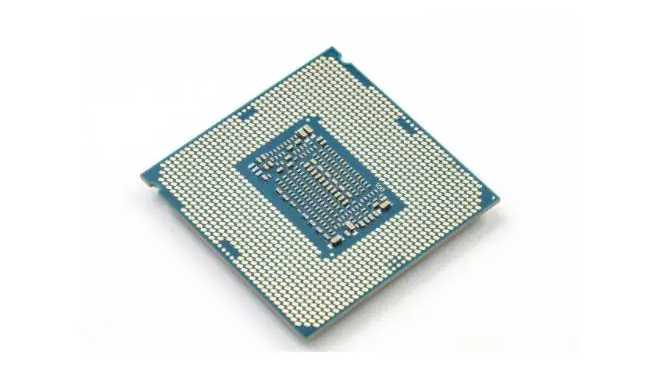Connectors are one of the crucial components in electronic systems, connecting various circuits, sensors, and actuators to the main circuit board. The terminal structure of the connector is one of its key components, which is used to connect the circuit and main circuit board of the connector, and provide electrical and mechanical connection. This article will introduce the structure and function of connector terminals.
Structure and type of connector terminals
Connector terminals are usually made of conductive materials, such as copper, silver, gold, etc. The conductive material is pressed into the socket of the connector and connected to the conductive material in the socket. The types of connector terminals include the following:
Pin connector terminals: Pin connector terminals are typically used to connect small circuits, such as sensors and actuators. They are usually composed of slender pins, and the length of the pins generally does not exceed 1.5 centimeters.
Chip connector terminals: Chip connector terminals are typically used to connect large circuits, such as connecting circuit boards and motors. They are made of thin sheet-like materials, typically ranging in thickness from 0.2 to 0.3 centimeters.
Snap on connector terminals: Snap on connector terminals are typically used to connect electronic devices to the main circuit board. They are usually made of metal clips that can be embedded into sockets and mechanically connected to the main circuit board.

The function of connector terminals
Transmission of electronic signals
Connector terminals, as one of the important components of connectors, mainly play a role in transmitting electronic signals in connectors. When the socket is successfully connected to the conductor, electronic signals are transmitted between them. The design, material selection, and processing changes of connector terminals directly affect the transmission quality of electronic signals.
Transmission of electricity
In many electrical equipment, connector terminals are also used to transmit power. They transmit electronic signals in a similar way, but carry a higher current, so more reliable designs and materials must be adopted to enable them to withstand higher currents and pressures.
Transferring data
In modern electrical equipment, the transmission of data and electronic signals is already inseparable. The connector terminals also achieve networking of connectors by transmitting data, such as Ethernet and other high-speed data transmission protocols.
The precautions are as follows:
Ensure that the terminals of the connector match the socket to avoid short circuits or other electrical problems.
Before connecting the connector terminals, it is important to confirm that the power supply has been cut off. Otherwise, there may be hazards such as electric shock.
Carefully inspect the surface condition of the connector terminals. If there is dirt or oxidation, it should be cleaned thoroughly to ensure the quality of the connection.
When connecting connector terminals, it is important to ensure that the spacing between the terminals meets electrical specifications. If the spacing is too small, it may cause a short circuit.
The screws of the connector terminals should be tightened to the appropriate torque, but excessive tightening should be avoided.
After completing the connector terminals, carefully check for correct connections to avoid electrical faults caused by poor connections.
If it is necessary to reconnect or replace the connector terminals, appropriate tools should be used to avoid damaging the connectors and cables.
In summary, connector terminals are crucial components in electronic systems, their role is to connect circuits to the main circuit board and provide electrical and mechanical connections.

